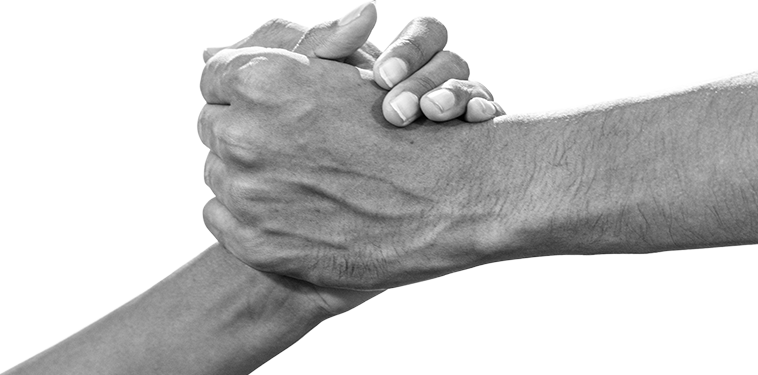What Is Play Therapy?
Play therapy is a form of psychotherapy that uses play to assess, prevent, or treat children with emotional, behavioural or mental health issues. Many children may be unable to express themselves verbally, some may be shy, and others may be uncomfortable sharing their problems. It is more effective to use play, a medium that comes naturally to the child, to explore their issues, feelings and share them with the therapist or the parents. Play is a comfortable, natural and familiar medium for the child. It is his preferred way in which a child explores the world and finds solutions to everyday problems. The emphasis is on the child and what is best for them.


How Does Play Therapy Work?
Just playing is cathartic for the child. By “playing out” life experiences and exploring feelings through play, children can create a safe distance from their issues so that they can understand and come to terms with them without feeling judged or being forced to change. Play Therapy establishes a relationship based on trust between the therapist and the child. It gives the child safety to explore and express any underlying issues.
A play therapy room is a space where the child feels comfortable in a room with different toys and a play aid including:
- a dollhouse with dolls depicting parents, grandparents and children, stuffed animals, puppets,
- as well as art and craft material (paper, pens, colours, paints, and other stationery) through which the child can express themselves.
The therapy is child-led, giving the child autonomy to control some areas of their life and resolve whatever is causing distress. The child is free to move around, explore the space and engage in any activity that they are interested in.
The therapist’s role is not to judge or over-interpret but rather reflect on what we see and experience with the child.
How Does Play Therapy Help?
Play Therapy helps children in a variety of ways. Children receive emotional support and can learn to understand more about their own feelings and thoughts. Sometimes they may re-enact or play out traumatic or difficult life experiences to make sense of their past and cope better with their future.
It is used to treat children with several kinds of problems. It is particularly effective for children who have:
- Experienced physical, emotional trauma or sexual abuse
- Witnessed conflict or have been bullied
- Been severely punished by teachers or authority figures
- Witnessed armed conflicts or natural disasters
- Been displaying behaviour or conduct issues
- Experienced significant life changes (loss of parents, parents’ divorce or separation from family, migrations)
- Had trouble reaching developmental milestones
- Issues with anxiety or sadness
- Difficulty coping with their immediate environment
Play therapy gives the child insight into their own issues. It helps them to:
- Learn basic or advanced motor skills
- Learn decision-making and problem-solving skills
- Learn social skills
- Release excess energy
- Understand their emotions and their problems
- Gain more confidence through self-expression
- Enhance their imagination and creativity
Play Therapy Techniques
From the outside, play therapy looks like it’s just about having fun with toys. Each play therapy session lasts between 45 minutes to an hour.
During a play therapy session, the child is taken to the playroom and asked to explore age-appropriate toys. When the child is allowed spontaneous expression through play, they may pick up toys that indicate their emotional states or draw something to share their challenges. Children from families who have conflict may draw the picture of a happy family. Children who have conduct problems may pick up a gun to shoot a doll or mimic other acts of violence using the toys provided. The most common techniques used are:
- Creative visualization.
- Storytelling.
- Role-playing.
- Spontaneous or prompted drawings
- Puppets, stuffed animals, and masks.
- Dolls, action figures.
- Arts and crafts.
- Water and sand play.
The therapist interacts and observes the child play with the toys and writes down their interpretations.
Sometimes, the child may be given a prompt or asked to perform a particular activity.
Is the family involved?
Most play therapy sessions happen with the therapist and the child. The parent may be trained to play with the child at home or given play assignments. They may also be coached about how to interact with the child.
At the end of the session, or after every few sessions, the therapist may speak to the child or the family to better understand the child’s expression.
Written by Patricia Gavotto
Clinical Psychologist

